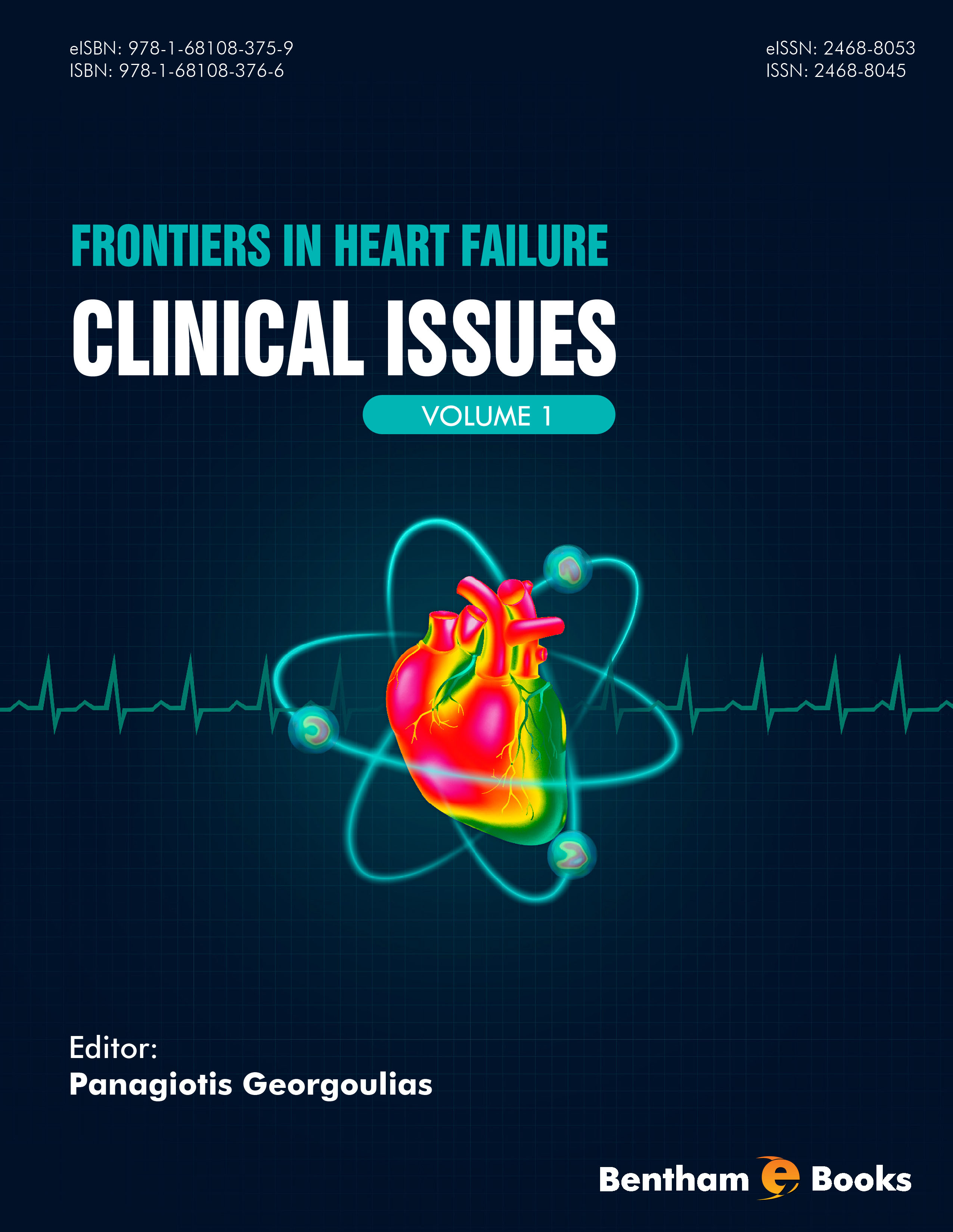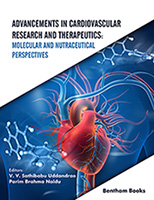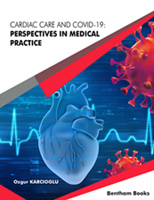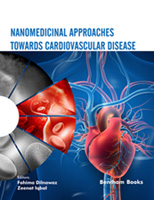Foreword 1:
When Dr. Georgoulias asked me to write this foreward, I was honored and thrilled to have the opportunity to introduce this outstanding work on the “Frontiers in Heart Failure – Molecular Imaging”.
This book represents the collaborative effort of numerous talented physicians and scientists throughout Greece with expertise in heart failure to present this complex topic. This challenging task has been accomplished via a multidisciplinary approach in this well organized e-book that discusses all aspects of the disease. Heart failure is a very prevalent disease with high mortality and significant social and economic impact on societies. As such it is imperative to understand this silent epidemic, which affects all organs and systems of the body. We live in the era of personalized medicine where the potential exists to identify and in theory prevent factors that lead to heart failure as well as to slow the progression of disease.
The layout of this e-book follows a logical progression and thus gives the reader a comprehensive approach to the study of heart failure. The first several chapters discuss epidemiology, cardiac physiology and pathophysiology, genetics, clinical manifestations, laboratory variables and biochemical markers. The book goes on to address management of heart failure patients including the role of echocardiography, medical therapy, interventional and device therapy, as well as novel treatments for heart failure such as gene and cell therapy approaches. The second portion of the book is dedicated to imaging modalities for heart failure other than echocardiography. Computed tomography is first discussed as a fundamental method to delineate structural anatomy as well as to provide support for invasive techniques used in heart failure. Magnetic resonance imaging is then discussed as an imaging modality which can accurately establish the diagnosis of heart failure and which can also be used for quantification of ventricular function as well as tissue characterization. The bulk of the second portion of the book is a journey through the various imaging capabilities of Nuclear Medicine, which provide both functional and anatomic information. Myocardial Perfusion (SPECT) Imaging and Gated-SPECT are first highlighted, as they are particularly useful in the heart failure patient population, two thirds of which has ischemic heart disease as the underlying cause. The importance of identifying myocardium at risk, (ischemic yet viable), is emphasized in these chapters, as is the ability of these agents to assess myocardial viability and follow-up of left ventricular function after revascularization. Subsequent chapters discuss PET perfusion imaging, hybrid imaging, and assessment of viability with both SPECT and PET applications. More advanced topics such as cardiac neurotransmission SPECT and PET imaging, radiolabelled fatty acid metabolism imaging, and molecular imaging of: apoptosis, atheromatous plaques, and gene and stem cell therapies complete this section of the book. The final portion of this book discusses important related topics including: artifacts and pitfalls in cardiac molecular imaging, radiation safety, and technical advances such as the rapidly evolving role of PET/MRI and as yet only experimental SPECT/MRI in heart failure management.
I would like to thank my colleague Efrosyni Sfakianaki MD, Assistant Professor in Radiology/NM at UM for her cooperation in reviewing this great e-book.
In conclusion, I am very excited about this e-book, not only because of its superbly organized, well- illustrated and presented content, but also because as an e-book it can be carried and propagated throughout the community much more easily than a hard copy book. The editor and chapter authors have succeeded admirably in the endeavor to produce what promises to be an outstanding resource for the examination and therapy of the patients with Heart Failure both now and in the future.
Dr. George N. Sfakianakis
Department of Radiology
University of Miami, Miller School of Medicine
Miami
FL
USA
Foreword 2:
Heart failure represents a global healthcare challenge. The severity of the problem is well established in the industrialized countries, where heart failure incidence, prevalence, morbidity and mortality have affected a large population with significant medical and economic demands of the society. Ischemic cardiomyopathy constitutes the most common cause of heart failure in western societies, whereas other causes, such as valvular cardiomyopathy and Chagas disease, may play a more important role in the rest parts of the world. However, as the developing nations also became more urbanized, an increase of heart failure rate has been observed, particularly cases with ischemic aetiology.
We have witnessed major advances in our diagnostic and therapeutic options for heart failure during the last decades. In particular, molecular imaging methods have broadened our understanding of the failing heart at the molecular and cellular level. The continual upsurge in research is promising but this increase in the available literature makes it difficult to stay informed with selected topics in the field. Therefore, it is my pleasure to write a foreword for this e-Book, entitled “Frontiers in Heart Failure – Molecular Imaging”, (Editor Professor P. Georgoulias, Bentham Science Publishers). Experts providing crucial and updated information concerning all aspects of heart failure management wrote the chapters in this excellent book.
The e-Book is divided into two sections. The first section includes an update on the pathophysiological and clinical characteristics of the heart failure syndrome, and the therapeutic strategies that can be implemented for these patients. It would be useful not only for cardiologists, but also for any health professionals interested in state-of-the-art heart failure management. Additionally, novel therapies are presented, such as gene and cell therapies. The role of molecular imaging for the evaluation and follow-up of heart failure patients is approached in the second section. It allows the reader to understand better the wide range of molecular imaging methods, including myocardial perfusion imaging, viability assessment, cardiac remodelling evaluation, cardiac neurotransmission imaging, atheromatous plaques imaging and free fatty acids studies. The most advanced imaging modalities in heart failure are also presented, such as single photon emission tomography, positron emission tomography, computed tomography, magnetic resonance imaging and hybrid imaging systems. Finally, important relevant technical factors and advances are comprehensively addressed in the last part of the e-Book.
Based on its strong clinical orientation, I believe that most clinicians will find “Frontiers in Heart Failure – Molecular Imaging” of immediate practical interest. I consider this e-Book an excellent contribution for anyone involved in health failure patients’ care or research.
Dr. Javed Butler
Heart Institute
Stony Brook University
New York
USA





